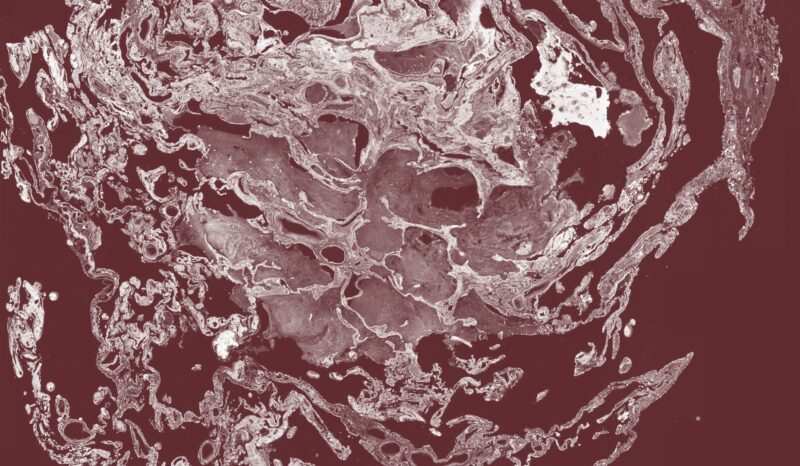Excessive or ongoing inflammation can cause pain and tissue damage, and prevent the normal functioning of the body’s organs.
Short-term, acute inflammation can be responsible for many of the symptoms of infections. These symptoms, such as fever, tend to assist the immune clearance of infection. Excessive or misplaced acute inflammation can cause severe illness or death.
Chronic inflammation is also associated with many diseases. Approximately one in three Australians has a chronic inflammatory disease, such as rheumatoid arthritis. These diseases place a significant social and economic burden on the community.
Chronic inflammation is triggered by ongoing immune responses. These immune responses can be against:
- a chronic infection that is not cleared. Chronic inflammation to the hepatitis B virus contributes to liver damage
- the body’s own tissue, such as joint tissue in rheumatoid arthritis.
In some conditions, such as rheumatic fever, inflammation begins in response to an infection by Streptococcus bacteria, but is redirected later to heart tissue, causing damage.







